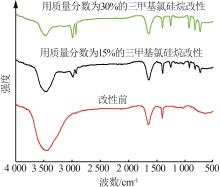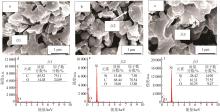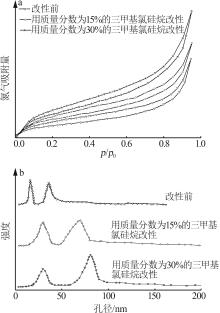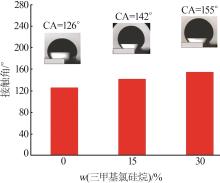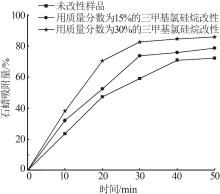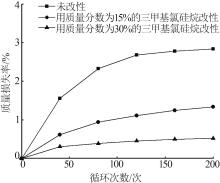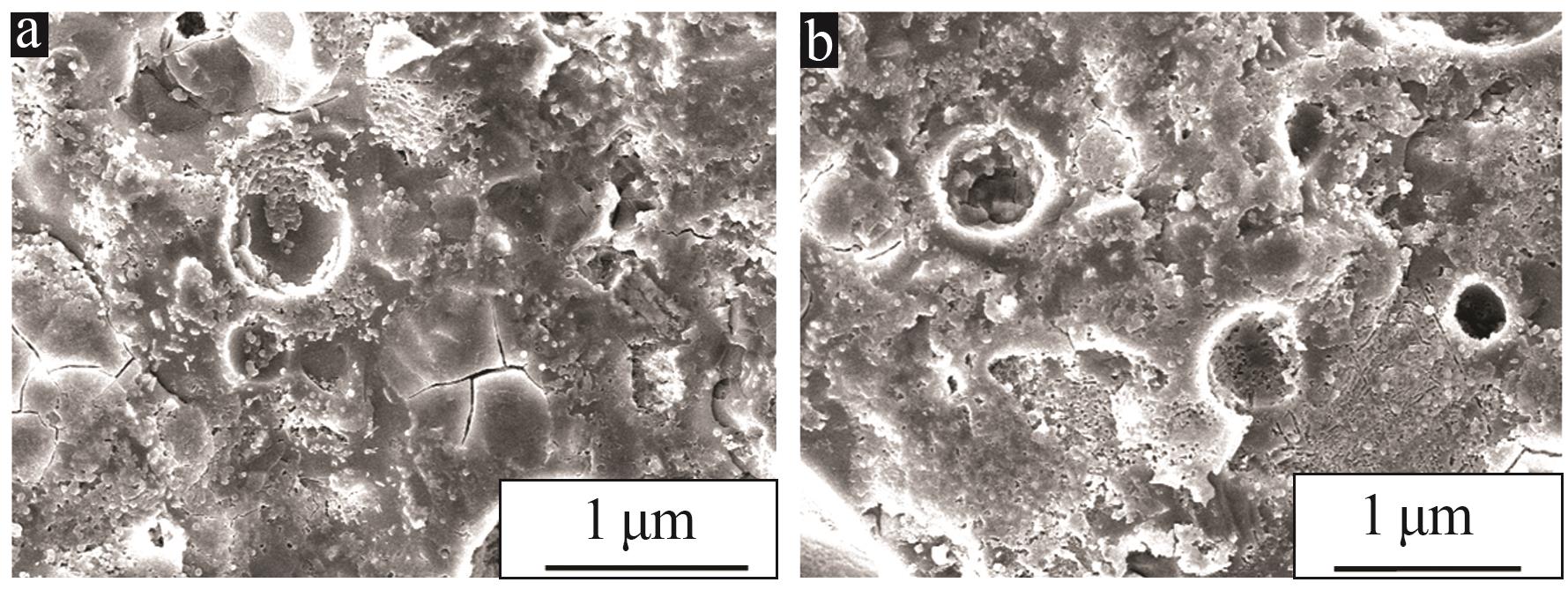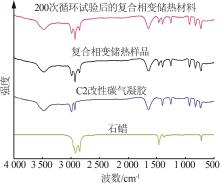| [1] |
TANG Kaijing, LIU Chuanbei, LI Yingding, JIANG Yong, WU Junnan, ZHANG Tao.
Research on preparation and mechanism of superhydrophobic phosphogypsum products
[J]. Inorganic Chemicals Industry, 2025, 57(1): 97-102.
|
| [2] |
LUO Tong, YE Jianzhou, CHEN Shangwei, YANG Houwen, CHEN Fuping.
Study on effect of ash calcium on properties of phosphorus building gypsum doped with PCE
[J]. Inorganic Chemicals Industry, 2024, 56(8): 116-122.
|
| [3] |
BI Chao, ZHANG Xiaokang, WANG Xiugui.
Study on hydration characteristics and durability of high-strength concrete modified by mechanically activated waste incineration slag
[J]. Inorganic Chemicals Industry, 2024, 56(12): 142-149.
|
| [4] |
YU Hongchao, ZHANG Mengmeng, JIN Tianxiang.
Research progress of microstructure and crystal surface effect of Ag3PO4 photocatalysts
[J]. Inorganic Chemicals Industry, 2023, 55(8): 13-20.
|
| [5] |
XU Li, ZHANG Qiang.
Experimental study on properties of iron tailings powder cement-based materials
[J]. Inorganic Chemicals Industry, 2023, 55(6): 116-123.
|
| [6] |
LI Peng, WANG Likun, MENG Qiuyan.
Study on effect of α-hemihydrate gypsum on performance of cement mortar and its hydration mechanism
[J]. Inorganic Chemicals Industry, 2023, 55(3): 98-103.
|
| [7] |
RONG Xilin,CUI Bao,HUANG Qiumei,CUI Meijia,CHENG Hao,FENG Jun,HUANG Wenyi.
Study on preparation of bagasse cellulose based carbon aerogels and their adsorption properties
[J]. Inorganic Chemicals Industry, 2022, 54(9): 126-135.
|
| [8] |
FAN Qingke,MENG Qinghua.
Study on preparation and electrochemical properties of La0.79Mg0.21Ni3.95 hydrogen storage alloy for vehicles
[J]. Inorganic Chemicals Industry, 2022, 54(3): 71-76.
|
| [9] |
MA Caifu,YUAN Chuanlai,ZHAO Xueqi.
Effect of ball milling time on electrochemical properties of graphene composites
[J]. Inorganic Chemicals Industry, 2022, 54(12): 68-73.
|
| [10] |
Li Xuelian,Wu Dongen,Shao Xuelan,Huang Deyou,Kuai Xianfen.
Preparation and electro-catalytic activity analysis of GRQD-NiCo2O4complexes for DMFC anode catalysts
[J]. Inorganic Chemicals Industry, 2021, 53(7): 109-112.
|
| [11] |
Bao Kejie,Lu lingran.
Study on preparation and performance of negative electrode materials for batteries of new energy vehicles
[J]. Inorganic Chemicals Industry, 2021, 53(3): 54-59.
|
| [12] |
Wang Danjing,Li Jingkui.
Effect of sealing treatment on properties of zinc phosphate conversion film on building structural steel
[J]. Inorganic Chemicals Industry, 2021, 53(10): 92-97.
|
| [13] |
Fan Qingke,Meng Qinghua,Luo Fengyu.
Study on preparation and properties of cathode materials for vehicle lithium battery
[J]. Inorganic Chemicals Industry, 2021, 53(1): 44-49.
|
| [14] |
Zhao Shihao,Lin Xihua,Ma Pengfei,Yuan Yijin,Gao Yuxin,Zhang Ping,Zhou Dali.
Study on formulation calculation of phosphogypsum-based composite cementitious materials based on expansion and failure of critical AFt
[J]. Inorganic Chemicals Industry, 2020, 52(9): 91-95.
|
| [15] |
Zhou Jianwei,Cheng Baojun,Yu Baoying,Ma Pengfei,He Pingxian.
Effect of heat-treated desulfurized gypsum on properties of super sulfated cement
[J]. Inorganic Chemicals Industry, 2020, 52(11): 79-85.
|

